By Karen Dyer, vice president for advancement and strategic initiatives
Historic. Steeped in tradition. Nestled just around a slight bend in St. Mary’s Road, it’s the first thing you see as you turn onto The Avenue. The Saint Mary-of-the-Woods College (SMWC) gate may be made of wrought iron, brick and mortar, but what truly holds it together can be found in its story.
For students and alumni, the main gate entrance evokes strong feelings of home. For some, it represents the beginning of a journey. For others, it’s a gateway into a sacred place.
“I recall seeing the gate for the first time and thinking about the substance that it conveyed. Only important places need gates,” said Dottie King, Ph.D., SMWC president. “Our gate has its own history and many stories. For me, it signifies that there is something significant inside.”
Built in 1918 as one of the early landscape features in a plan that expanded and enhanced the campus, the gate is a recognizable landmark. In May, the College began a $56,000 restoration of the historic structure. The project has been funded in part by a grant from the U.S. Department of Interior, National Park Service’s Historic Preservation Fund administered by the Indiana Department of Natural Resources Division of Historic Preservation and Archaeology.
For students, the gate is the beginning of a symbolic journey.
“Passing through the gate as you turn down The Avenue is like being welcomed home with open arms. From driving through the gate on my first campus visit as a prospective student to leaving campus as an SMWC alumna, the gate will always remind me of the rich history of SMWC and the incredible memories that I made here,” said Olivia Wells, a senior business administration and marketing major from Marshall, Illinois, who graduates this year as part of the Class of 2020.
Since its construction, the gate has stood sentry – creating a visible point of entry while providing security and safety for students. Some still recall having to be inside the gate by curfew. For decades, the gate forced visitors to stop upon entering or leaving, effectively controlling the flow between the school and the community.
“The ornate iron gates are the first symbol as you peer through to see the grand Avenue. Ah, that Avenue moment so many of us experience time and time again,” said alumna Catherine Schueth Thomas ‘88, from Fishers, Indiana.

“The iron gates, from years past to now are like a welcome home hug from your mother when you return – long, warm and comforting – beautiful in stature and always strong. Welcome. Yes, welcome home. Like all of us graduates, we age gracefully and have stories to share, and if those gates could talk, what a tale they would write!” said Thomas.
Sister Dawn Tomaszewski, SP ‘74, general superior of the Sisters of Providence and an alumna of the College, said her first encounter with the front gate was as a senior in high school.
“The Sisters of Providence who taught at my high school had engineered a trip to bring interested students to The Woods. It was dark by the time we arrived at the front gate on that Friday evening in October,” tells Tomaszewski. “What I remember was the soft glow of those ornate lamps affixed to the top of the pillars on either side of the entranceway. I felt like I was entering another world—and certainly a far cry from the noisy, bright lights of Chicago where I lived. I remember one of the sisters on the bus with us saying, ‘It looks like home to me.’”
Tomaszewski explained that first trip had a big impact on her as she learned students and teachers alike thought of The Woods as home. “So, even though I did not know then that I would someday join the Sisters of Providence and make this my home, I did know by the end of the weekend that I wanted to go to school at a place where people felt at home,” said Tomaszewski.
For many alumni, the gates were locked at night even as recently as the late 1990s, which allowed for an enforced curfew that varied over time, usually 11 p.m. or midnight in later years.
“If you were out after hours, you had to wait for the guard to come out of the little gatehouse, push open the gate (it always seemed to creak), check your I.D. and let you in,” explained Tomaszewski. “If you had violated whatever the prescribed curfew, you also had to sign in to receive some later warning or penance. Of course, I never did this, but more than one friend of mine was known to sign in as a student for whom there was no record in order to avoid whatever retribution might come.”
Thomas, whose curfew was 11 p.m., admitted she was one of those students who chose a pseudonym rather than give her name at the gate after coming in past curfew.
“After attending a party at Rose-Hulman (Institute of Technology), the guard would greet you at your car and oh gosh, here we go…roll down that window. Yes, roll, not push a button. He would make small talk, ask why you are late to curfew, write down your license plate and have you sign in. My most famous signature was Marylin Monroe,” explained Thomas.
With a laugh, Thomas shared that during her senior year, after thinking she had gotten away with the joke, the guard slowed down in his vehicle to greet her one day, saying, “Hello, Marilyn.”
Read Thomas’ full reflection on SMWC’s blog, “From The Avenue.”
Held together by iron, brick and 102 years of grit
Solid brick with interlocking layers. A molded, curved concrete foundation. Decorative limestone and concrete finials. Nine-foot-wide gates, flanked by two smaller, yet still impressively heavy, pedestrian gates. From its beginning, the main entrance gate created a procession into this place – one that intentionally emphasized the landscape and architecture features throughout the campus.
“We’re very excited about this project as it is an investment in the future while also honoring the past,” said King. “I’m glad to know that these gates will be around for another 100 years!”
Today, the main entrance gate is a prominent part of Saint Mary-of-the-Woods (SMW) Historic District, established in 2018 and listed on the National Register of Historic Places, recognizing 67 historic structures throughout campus belonging to both the College and Sisters of Providence. Designed by Bohlen and Son, the gate is part of a campus-wide collection of structures and buildings designed by the Indianapolis firm, which is considered the largest cohesive collection of their work in existence today.
“As a Sister of Providence, I am grateful for the grant making possible the restoration of the front gate and entrance of the campus at Saint Mary-of-the-Woods. That front gate and entrance have always been iconic for me—a sacred welcoming sign that what lies beyond will be unlike anything you have ever experienced and will change you forever,” said Tomaszewski.
While the gate creates a sense of boundary and approach, it has deteriorated over the decades. Loose mortar has allowed water to penetrate the brick, and the heavy iron gates and fence sections have rusted.
Work is underway to complete tuckpointing and replace damaged bricks and mortar. Samples of the original mortar were sent to a laboratory by project contractor Midwest Restoration to create an exact match. The second stage of work will remove rust, repair and paint the iron gates, fencing and lanterns, which will be completed this summer.
Midwest Restoration has partnered with the College in repairing other historic buildings, including restoring the iconic balconies on Le Fer Hall several years ago.
“The gate creates an intentional first sense of progression into a special place – a progression that is echoed again and again in the classical architecture and landscape of the SMW Historic District. The central gate piers are only 20 feet apart, effectively narrowing the road to one lane which makes all those traveling through it slow down and take notice of the entry,” said Susan Dolle, director of grants and member of the SMW Historic District Committee.
“The architectural elements of the main entrance gate echo those on the buildings within – the classical details, the limestone urns and globes atop the gate piers conservatively suggest a grandness that was almost unimaginable in rural 1918 Indiana,” said Dolle, who adds that the gate contributes to the definition of the historic district, creating a front door and giving voice to the past – a time when the education of women in the U.S. was an anomaly. “Its grand stature indicated the success of an idea and a small band of determined women, who, facing incredible odds, created a place of culture in the wilderness.” explained Dolle.

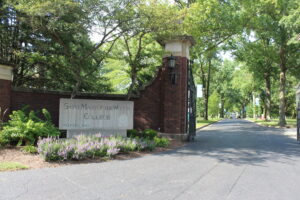
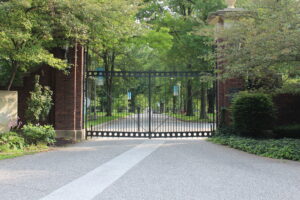
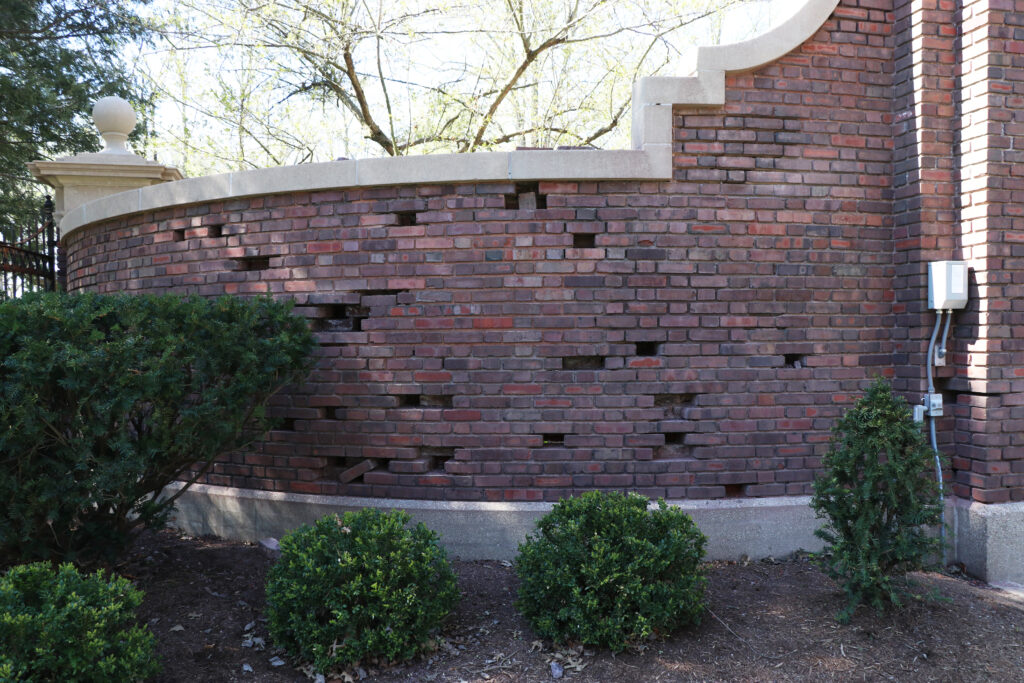
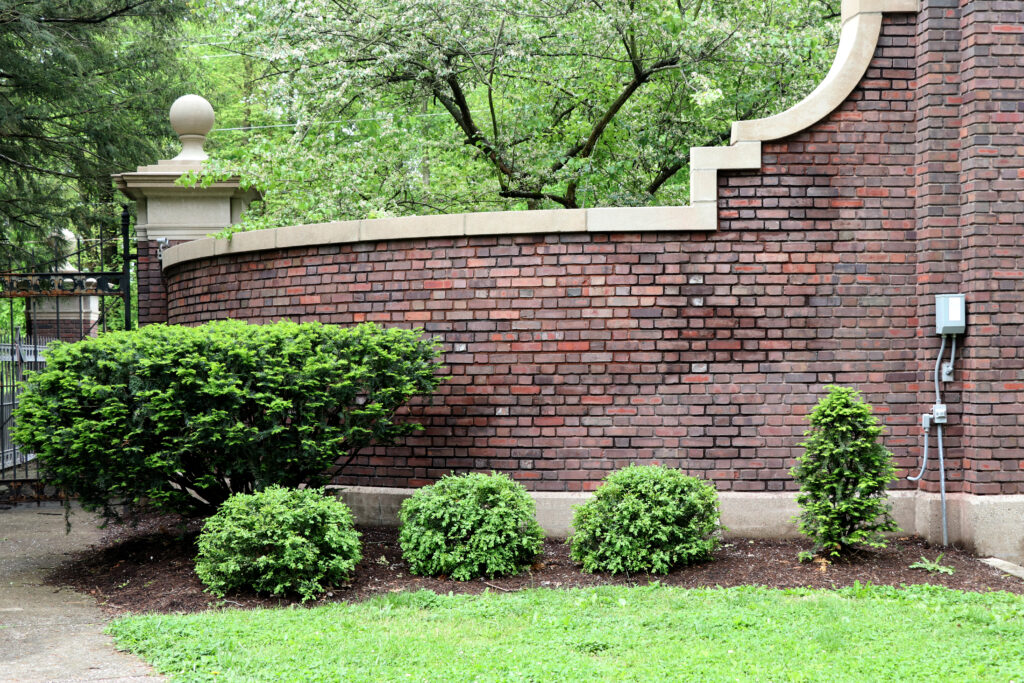
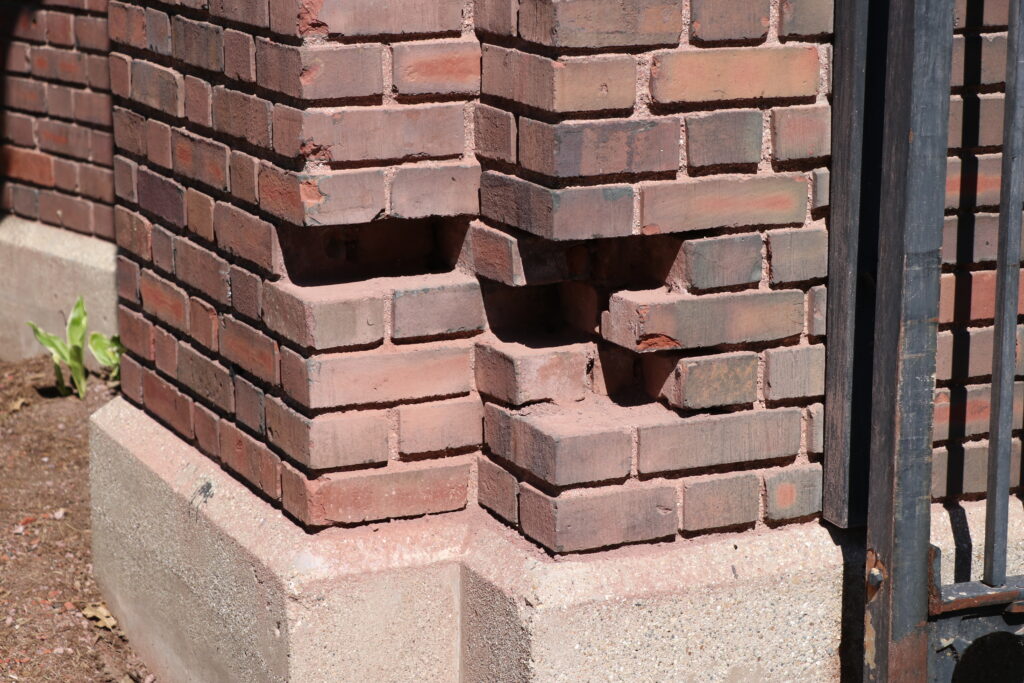
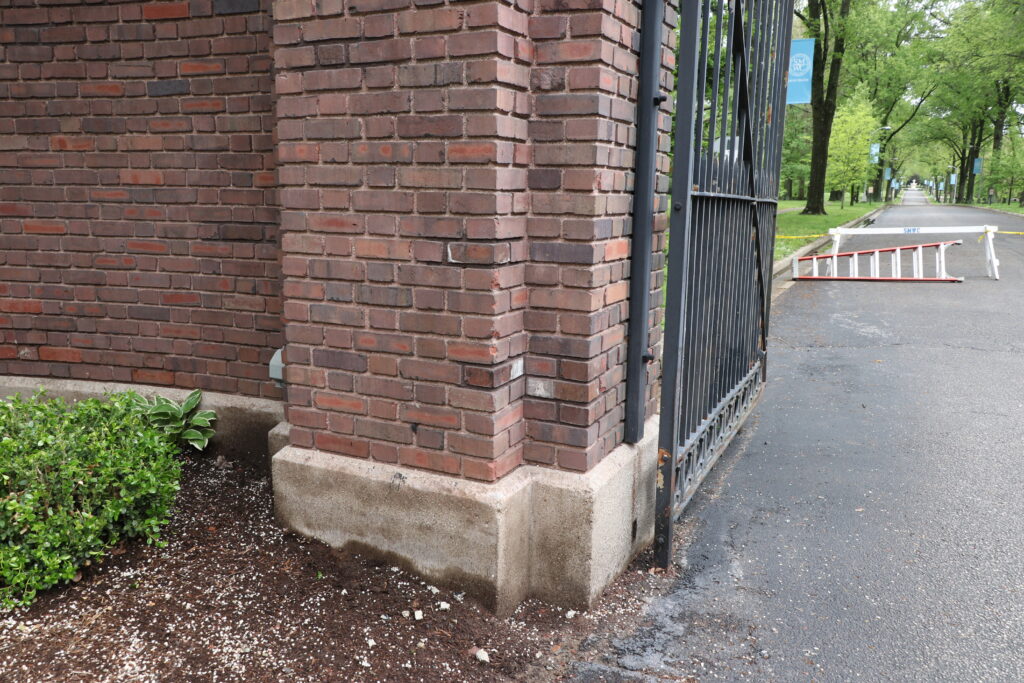
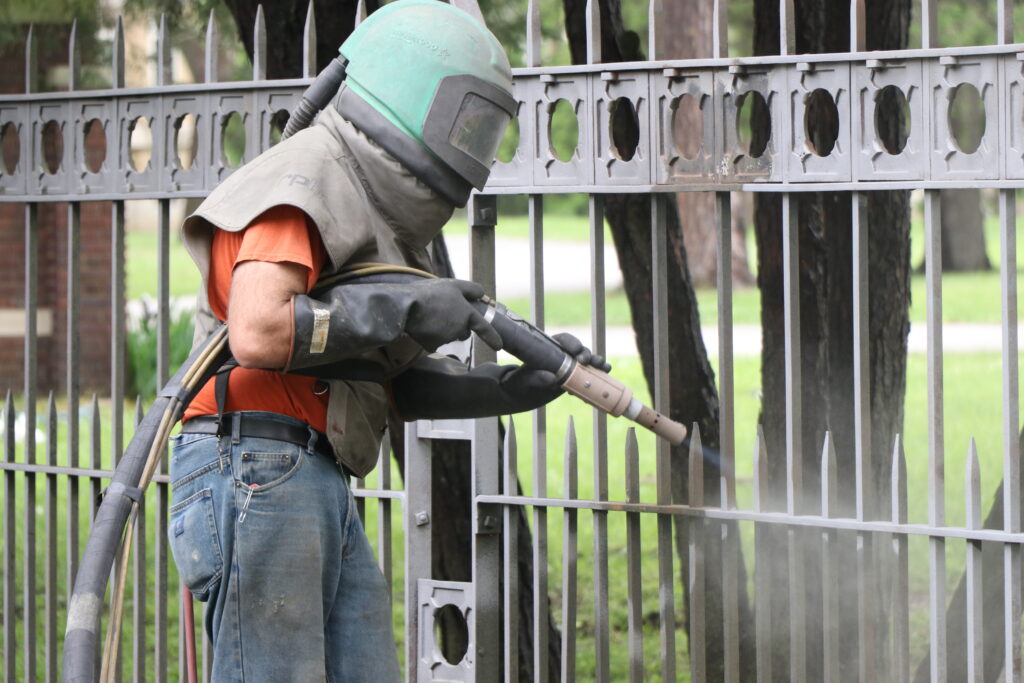
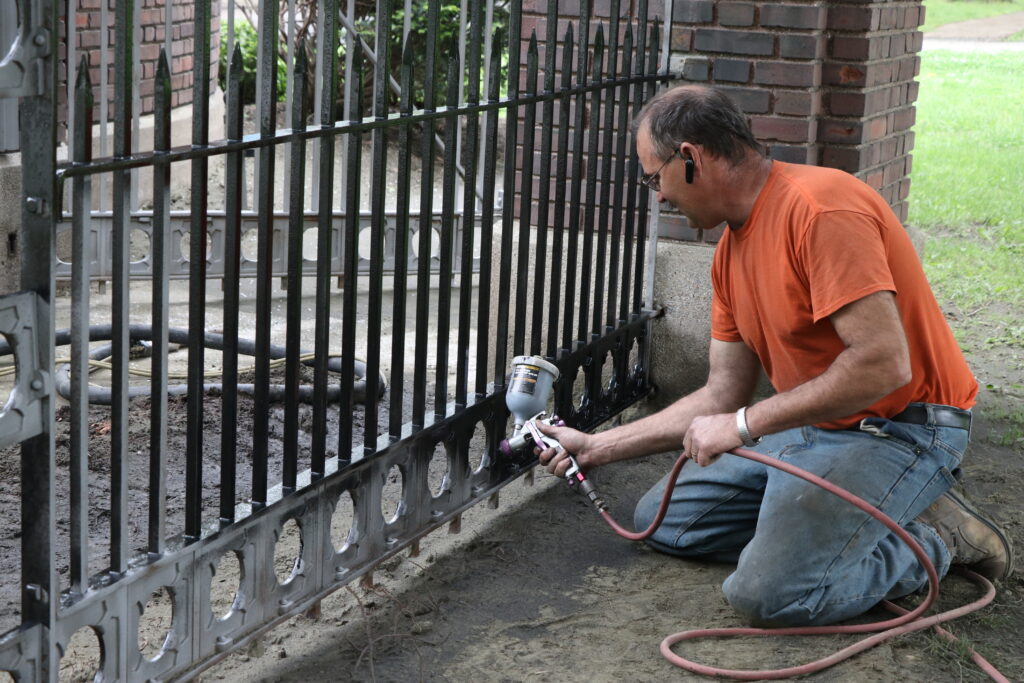
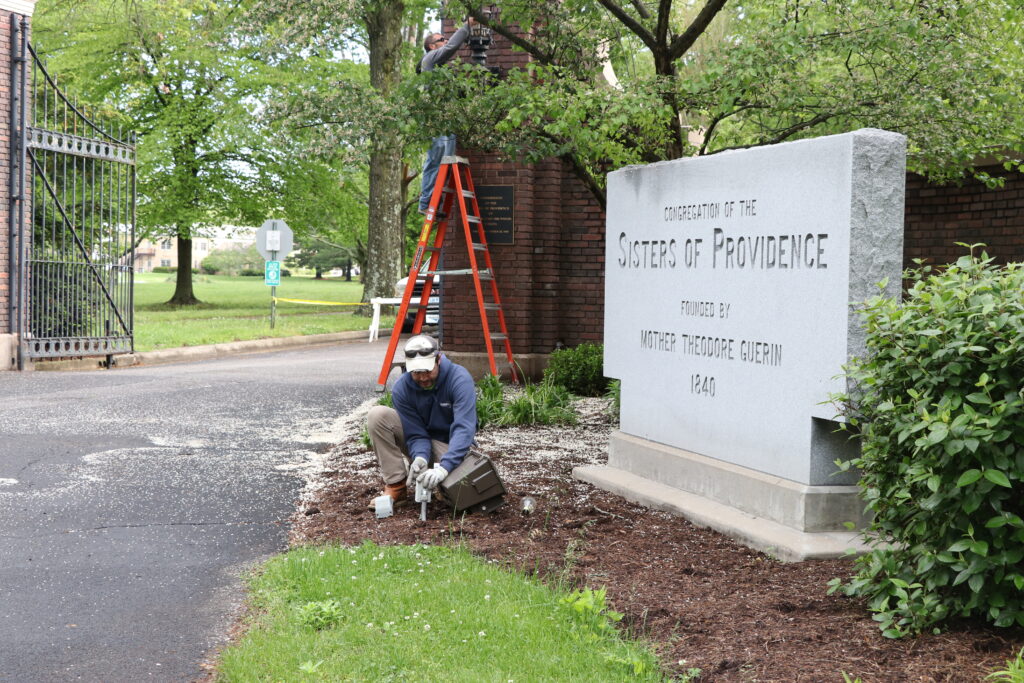
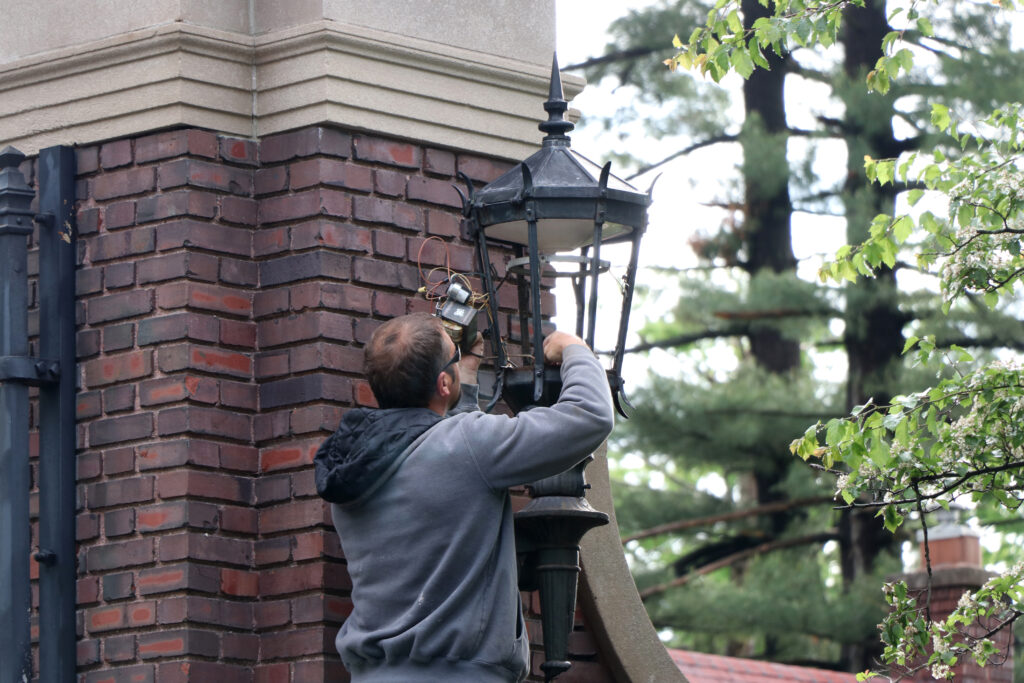
3 Comments